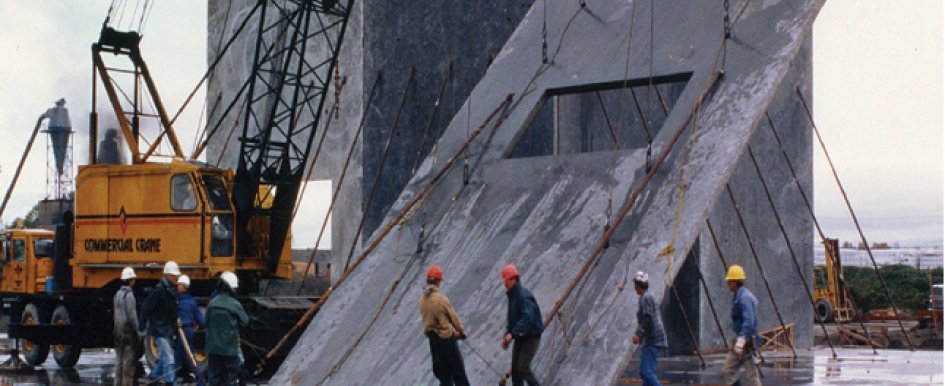
Our construction company’s approach to doing business has always been finding new ways to make a good process better. Given recent advancements in technology, Wales McLelland has made significant enhancements to its reporting procedures and communications, while pioneering a new level of transparency and accountability that hadn’t existed before.
Throughout the years, a generalized state of inherent mistrust has evolved between owners and contractors. We have all seen TV shows such as “Holmes On Homes,” in which Mike Holmes rips apart the house of an innocent homeowner only to find the contractor had cut corners, not followed code or covered up his mistakes. General contractors—even in the commercial and industrial markets—have often been painted with the same brush.
Eye-Opening Experience

I started in construction fresh out of Queens University, working for a national general contractor who worked on public sector projects. The job was a valuable learning experience that showed me how the construction business really operated: Government agencies typically hire their design team to put together a tender package for bidders. Normally, the lowest cost provider wins the bid.
The fundamental nature of this process is to drive all contractors to the lowest denominator. Suppliers, subcontractors and general contractors are squeezed so tight that little or no room is left for innovation, flexibility or accommodation of the natural fluctuations that occur during any construction project.
As a result, all parties are immediately set up for an adversarial approach to execute the work. Contracts are examined with a fine-tooth comb, and construction documents are analyzed in a way that seeks a basis for a change order or a claim. Distrust and protectionism are the natural outcomes on both sides of the table.
When I started working in privately funded construction, I began to understand the needs and wants of both owners and contractors, especially in the design-build area, and I discovered a much better way of operating.
Breaking down Barriers
Because of the traditional bidding system and a widespread sense of distrust between builders and owners, I felt it was time to break down pre-conceived barriers.
With the adoption of mobility in the field and the evolution of open-source software, we saw an opportunity to streamline our communications and site reporting, and we brainstormed ideas on how to enhance our clients’ experience further.
Through the use of custom-built software and technology, we created a way to bring the jobsite to clients “virtually.” Our clients have always been free to visit their project site any time to have their “eyes on the ground,” so I knew they—particularly those whose headquarters are outside the province or country—would appreciate real-time reporting and viewable, virtual access to their buildings’ progress without having to leave the comfort of their home or office.
Through the use of emerging technology, this “open-door policy” became a game changer in heightening transparency that created an even stronger business relationship among construction project stakeholders.
Using a robust piece of software that shows site performance on a visual dashboard summary, clients can view everything that matters at a glance—the superintendent on a project, unfiltered rotating daily progress images of the jobsite, a map of the location, a weather report, the percent of project completed and much more.
We supply large, flat-screen TVs that hang on the clients’ office walls and provide virtual access to their jobsites. What we view at head office is exactly what the client sees: completely unfiltered imagery and data in near real time.
By involving clients in the process, we are increasing their confidence that the project is being executed correctly and giving them a greater sense of involvement. This level of transparency fosters a true partnership that increases trust, provides peace of mind for the client and creates a positive working relationship overall.
From Many Screens to One
We have also eliminated clunky technology such as laptops, digital cameras and wired printers by using iPad minis at all of our jobsites. Combining multiple devices down to one screen using the iPad and custom applications designed to capture and organize data has reduced administration time by nearly 40 to 50 hours per week.
This system not only makes our superintendents more efficient, but it also provides another piece to the transparency puzzle by further engaging our office staff.
In the past, the office and site staff had operated in silos. Now—with TVs at the head office displaying each jobsite’s performance—office staff have a greater sense of whom our field workers are and can strike up a conversation much easier when a site worker pops into the office, creating a stronger sense of belonging for all staff.
The traditional construction model has been one in which each jobsite, head office and client had operated independently of each other. In an industry that is rapidly changing with the use of new technologies, companies must evolve to remain current and at the forefront of transformational practices.
